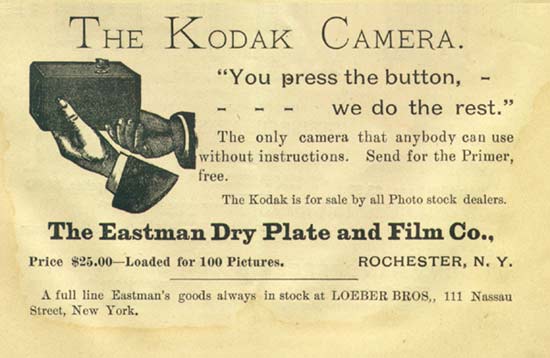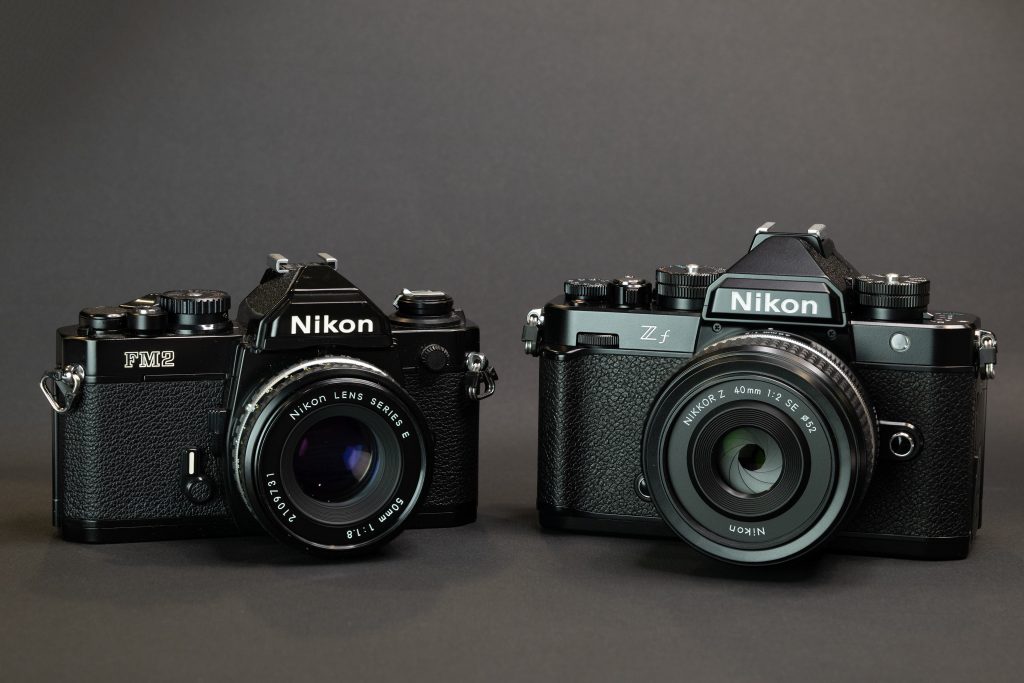Ryan Hu (11) | STAFF REPORTER
As the photographer Chase Jarvis once said, “the best camera is the one that’s with you.” This phrase has since been used to describe smartphone photography, as the majority of people now carry phones capable of photography wherever they go. Digital camera sales dropped 87% between 2010 and 2020, owing precisely to this fact.
Camera manufacturers have always known that most people just want pictures, without having to fiddle with cameras. As far back as 1888, George Eastman marketed his Kodak camera to people who simply wanted mementos of their daily life, making photography accessible and desirable for the first time.

Today, this segment of the market is now dominated by smartphones. For the majority of consumers who do not require the features of an expensive camera, smartphones are the obvious choice.
Because of this, social media has benefited greatly from smartphones. Smartphones already make photography simple and easy, while social media makes it as easy to share photos with friends and family. Over half of Gen Z takes 10-30 pictures per day on their smartphones, and around 45% would describe themselves as snapshot photographers.
While social media has encouraged smartphone photography, it has also introduced people to cameras and more professional photography. It stands to reason that on a medium that uses images to tell stories, social media influencers benefit from owning more capable cameras.
However, the pendulum also swings in the other direction. One of the most unexpected current photography trends is the revival of digital point-and-shoot cameras, often over a decade old and discontinued by manufacturers. These cameras offer similar automatic capabilities to a smartphone, but with a grittier, untouched look due to their relatively poor quality.

There are many possible explanations for this current trend. Many people believe that cameras make taking pictures more meaningful. Others say that the flaws in an unedited picture make the picture more natural, especially compared to the over-edited look that is common on social media. Both explanations point to a growing segment of people looking for more meaning in their pictures, and who possibly believe that cameras fulfill this better than smartphones.
Increasingly, there are three growing demographics of camera consumers. These three demographics are nurtured by social media and grow mainly from young people. The first is those interested in photography as an art-form, the second is those using cameras as a more meaningful alternative to their smartphones, and the third is the content creators who focus mainly on video.
These factors have led to many changes within the camera industry, especially evident in the amateur market. The old breed of large, bulky cameras with oversized lenses are being replaced by new breeds of smaller, lighter cameras, as well as video-capable “hybrid” cameras. Smaller sizes have also led to new retro cameras, with more stylish, 1980s SLR and rangefinder-style digital cameras proving popular on social media.

This way, camera manufacturers are trying to shift their demographic towards a younger audience. Instead of trying to compete directly with smartphones, cameras are now being marketed as tools of creativity and individuality and as a complement to social media, not simply as a way of capturing family moments.
While the situation for digital camera manufacturers is still ambiguous, the digital photography market showed signs of growth in 2022, for the first time in over a decade, and is now projected to grow throughout the decade. Instead of sitting around for 10 years, camera manufacturers have been slowly sharpening their teeth and waiting for a turnaround.
Even film cameras are making a comeback, with companies like Kodak, Polaroid and Pentax rising from the dead to release new, social media-friendly film cameras.
The presence of social media proves that interest in photography is greater than ever. Today’s generation takes more pictures than ever, and places more emphasis in sharing visual stories than ever. If camera manufacturers are successful in marketing themselves to a younger audience, their future will be all but guaranteed.

